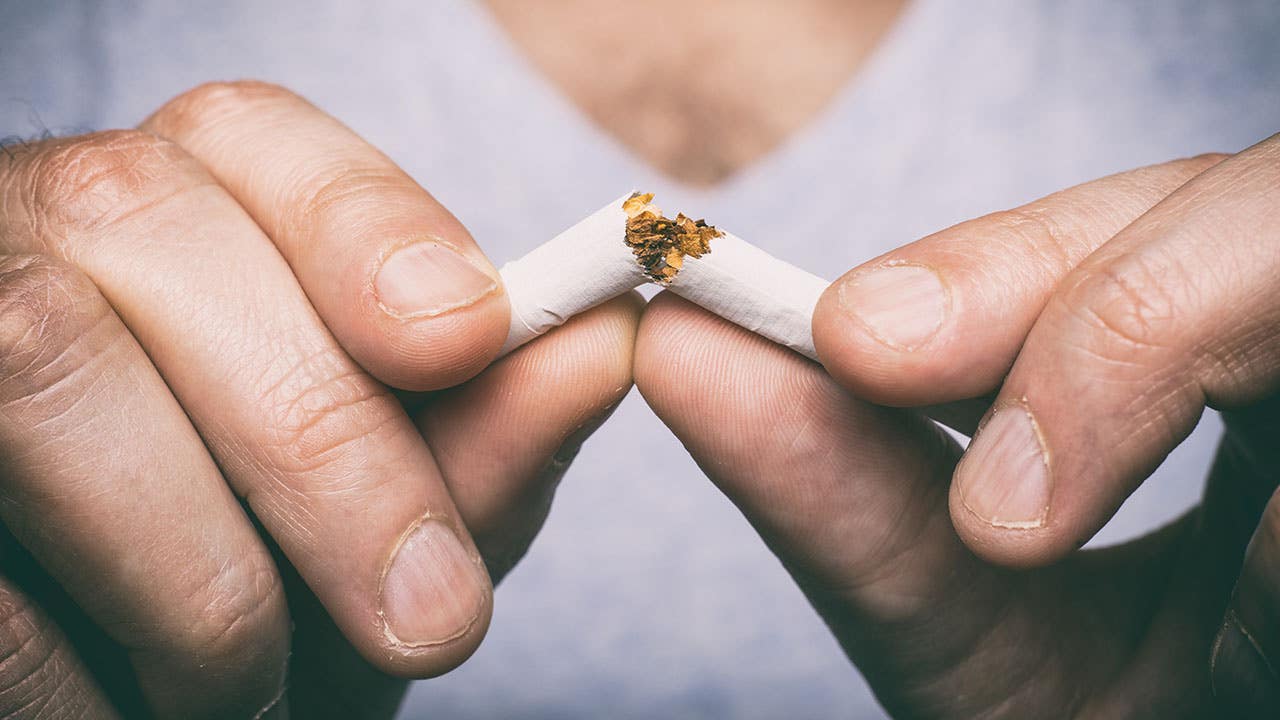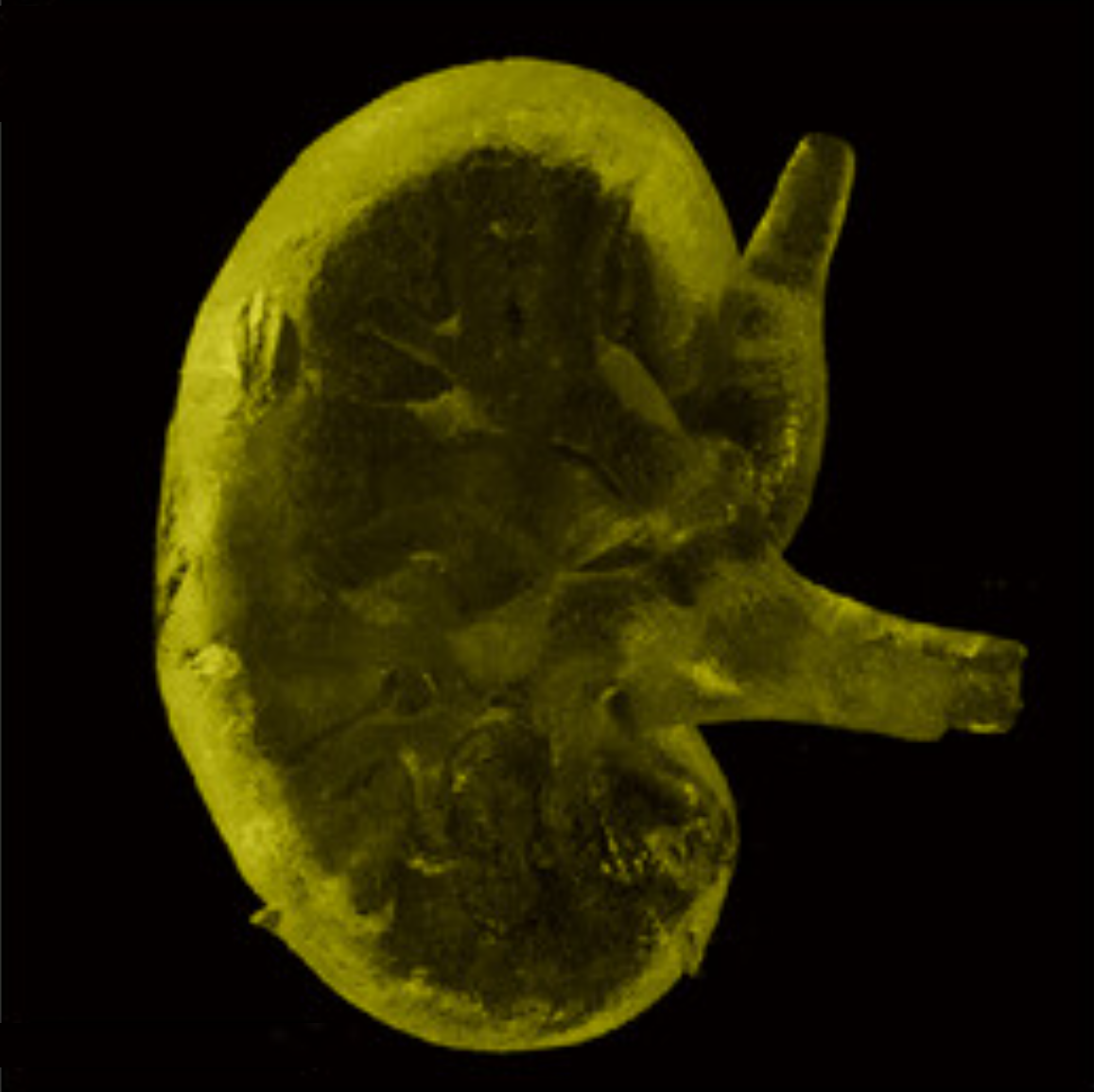Helping low-income smokers quit: The power of a small incentive
Smoking remains one of the top causes of preventable illness and death, but those with fewer resources often struggle more to quit.

Smoking remains one of the top causes of preventable illness and death. (CREDIT: Shutterstock)
Low-income communities carry a heavy burden when it comes to tobacco use. Smoking remains one of the top causes of preventable illness and death, but those with fewer resources often struggle more to quit. A recent study shows that better access to quit support could make a real difference—especially when that support meets people where they already go for help.
A Smarter Way to Help People Quit Smoking
A new partnership between a quit-smoking service and a statewide referral hotline has uncovered a simple but powerful solution. Over the past two years, more than 55,000 people received help to quit smoking, all thanks to a new way of reaching them.
Researchers from the University of California San Diego teamed up with 13 different 211 referral agencies across the state. These agencies connect people to food, housing, health care, and other basic needs. They also serve people with lower incomes—exactly the group most affected by smoking. By adding one more item to the list—tobacco quitting help—they reached a large group of people who often get left out.
“211 agencies primarily serve people experiencing economic hardship,” said study author Shu-Hong Zhu, Ph.D., a public health professor and senior researcher. “We also knew that tobacco use is most concentrated in low-income populations.”
That insight led the team to test a small incentive program. Every time a tobacco user contacted 211, the referral specialist offered a chance to connect them to Kick It California, a statewide quitline. If the person completed just one counseling session, they earned a $20 reward. The result? Thousands more people accepted help to quit tobacco than ever before.
Tobacco Use Hits Harder in Poorer Communities
People living in poverty are more than twice as likely to smoke compared to those who are financially stable, according to a 2024 U.S. Surgeon General report. Yet, quitting help often doesn’t reach them.
Quitlines offer free services and expert counseling to help users quit smoking, vaping, or using other forms of tobacco. They’ve proven to work, but they are still underused. Many people either don’t know about them or don’t feel ready to use them.
Related Stories
On the other hand, the 211 system has a massive reach. In 2022, Californians used it over 2.1 million times to connect with different kinds of help. The study took advantage of this reach by having trained staff ask a single question: “Do you use tobacco?” If the answer was yes, they offered a direct connection to quit support.
Between April 2021 and December 2023, more than 55,000 people were referred to Kick It California through this 211 effort. The program helped build a bridge between people in need and services designed to help them live longer, healthier lives.
The $20 That Sparked Real Change
The incentive was small, but its effect was big. People referred by 211 were more than twice as likely to enroll in quit services than those referred by clinics. They were also more likely to attend their first counseling session.
Even after that first visit, participants kept showing up. They completed just as many sessions as people who came through other sources—even without getting any more money. Most importantly, their chances of quitting were the same as everyone else.
“This showed us that 211 participants were not just in it for the money,” said Zhu. “Once they got started with the counseling and quitting process, they were just as active as other participants and just as many were successful in quitting.”
These results suggest that many people in low-income groups do want to quit smoking—they just need the right kind of support at the right time.
Reaching Groups Most Hurt by Tobacco
The 211 program didn’t just reach more people. It also reached the right people—those most harmed by tobacco use and often left out of health services.
Compared to other referral sources, the people reached through 211 were more likely to be:
- Female
- Younger
- LGBTQ
- Black or multiracial
- Medicaid-insured
- Living with mental health issues like anxiety or depression
They were also more likely to use multiple forms of tobacco, or to use tobacco and cannabis together. These patterns make quitting harder, so connecting with this group is a huge public health win.
“Seven in ten people referred through 211 had a mental health condition,” Zhu explained. “This can make it much more challenging for people to quit.”
The fact that these groups engaged with the quitline—and had similar success quitting—shows the power of combining outreach with targeted support.
A Model for the Nation
The findings point to a new and effective way to close the gap in quitline access. By partnering with local 211 agencies, quitlines can reach more people who need help the most.
The researchers believe this approach could work across the country. If all 211 agencies referred tobacco users at the same rate as those in the study, an extra 64,000 people every year could get help to quit.
“211 agencies exist to help people access social services,” Zhu said. “So it shouldn’t come as a surprise that they can help people access evidence-based cessation services.”
The strategy is simple and cost-effective. It meets people where they already are and gives them a small reward to get started. Most importantly, it proves that quitting is possible—even for those facing the toughest challenges.
Helping people quit smoking doesn’t require huge programs or expensive ads. Sometimes, it just takes a good question, a caring voice on the phone, and a little nudge in the right direction.
Research findings are available online in the journal Nicotine & Tobacco Research.
Note: The article above provided above by The Brighter Side of News.
Like these kind of feel good stories? Get The Brighter Side of News' newsletter.



